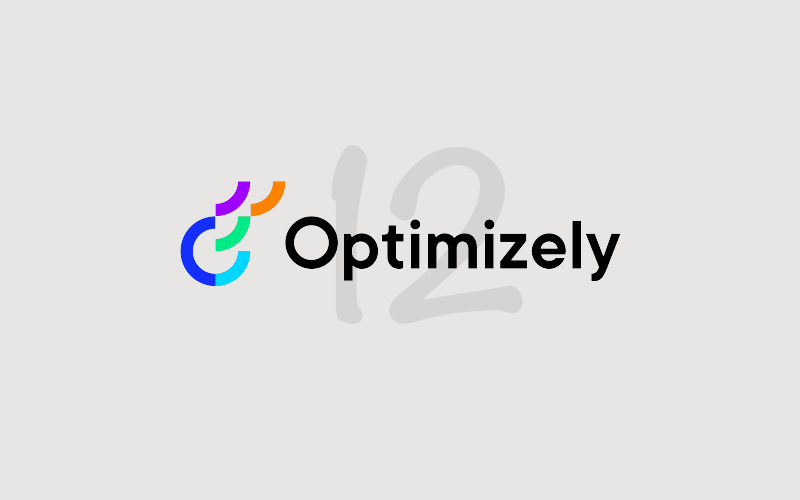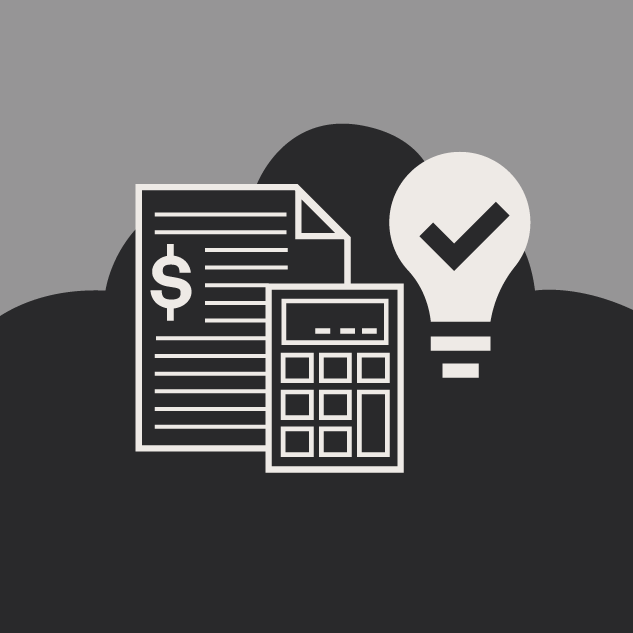Strategic Iterative Improvements in Site Redesign
Chris Osterhout SVP of Strategy#Design, #Design Advice, #Discovery

If you're not quite ready to invest the time and money in redesigning your entire site, consider this alternate approach.
Technologies and design trends on the web are continually evolving, which means that many companies find themselves in the process of figuring out how to redesign, rebuild, or replatform their websites or corporate intranets to make sure they are providing the best experiences for their users. But while companies often recognize the need for an update, they can be apprehensive about performing a complete redesign of their site due to the large scale of such a project.
Depending on the size of the website or intranet, a full-scale redesign can be a major investment of time and money, requiring a multi-month or even multi-year engagement. It also will require a fair amount of internal company resources, since personnel will need to work with the designers and developers on design approvals, perform user acceptance testing (UAT), and complete training on any new functionality.
What’s the Alternative?
Even with the above considerations, many companies recognize the need to keep their websites updated. Those who don’t have the budget, employee resources, time, or desire to tackle a full-scale redesign can take another approach to redesigning their site: Strategic Iterative Improvements. This concept entails breaking a larger scale project into 4-10 smaller, more palatable projects that can be individually scoped and budgeted appropriately over one or more fiscal years.
Rather than starting from the ground up and building a brand new site, the company can take the redesign one piece at a time, improving certain areas of the website and moving on to other portions of the site as each update is completed. Some examples of the different areas to redesign include:
- User Experience (UX) Reviews
- Site Header/Footer Redesigns
- Homepage Redesign and Optimization
- Partial Mobile Implementation
- Content Strategy
- Information Architecture (IA) Review and Planning
- Marketing Automation Platform (MAP) Implementation
- Content Management System (CMS) Upgrade
Prioritizing, budgeting, and planning for a smaller project allows a company to meet their key performance indicators (KPIs) more quickly, rather than having to wait until the end of a lengthy project to see any return on investment. This iterative approach provides a company with a faster path to success, and it also helps them remain more agile, since smaller-scale projects can be readjusted to meet changing business requirements without having to halt an entire redesign process.
What’s Right for My Site?
While taking a strategic iterative approach can be appealing for many companies, large-scale website redesigns are sometimes necessary. A site which suffers from performance issues may need to be extensively rebuilt, so a simple “reskin” won’t solve its issues. If your site’s CMS needs to be upgraded in order to resolve security issues, this can be a good opportunity to perform a complete revamp and make sure you are using it to its full capabilities. How can you determine how much of a redesign is necessary for your site or which areas of the site should be approached first? If you’re struggling to figure out the best way to update your site to get the best ROI and meet your business goals, please contact us to speak to an expert or schedule a free budget consultation to find out how to make sure you are including these site updates in your annual budget. If you have any other questions about updating your site, feel free to leave a comment below.
Related Posts

Navigating an Optimizely CMS 12 Upgrade
Learn why an Optimizely CMS 12 upgrade needs detailed planning, efficient resource allocation, and an understanding of your organization's capabilities.

Cloud CMS Migration: Costs, Benefits & Insights
Migrating to a cloud CMS platform represents a strategic (and necessary) investment in the future of digital content management. Here's what you need to know.
Results Matter.
We design creative digital solutions that grow your business, strengthen your brand and engage your audience. Our team blends creativity with insights, analytics and technology to deliver beauty, function, accessibility and most of all, ROI. Do you have a project you want to discuss?
Like what you read?
Subscribe to our blog "Diagram Views" for the latest trends in web design, inbound marketing and mobile strategy.
